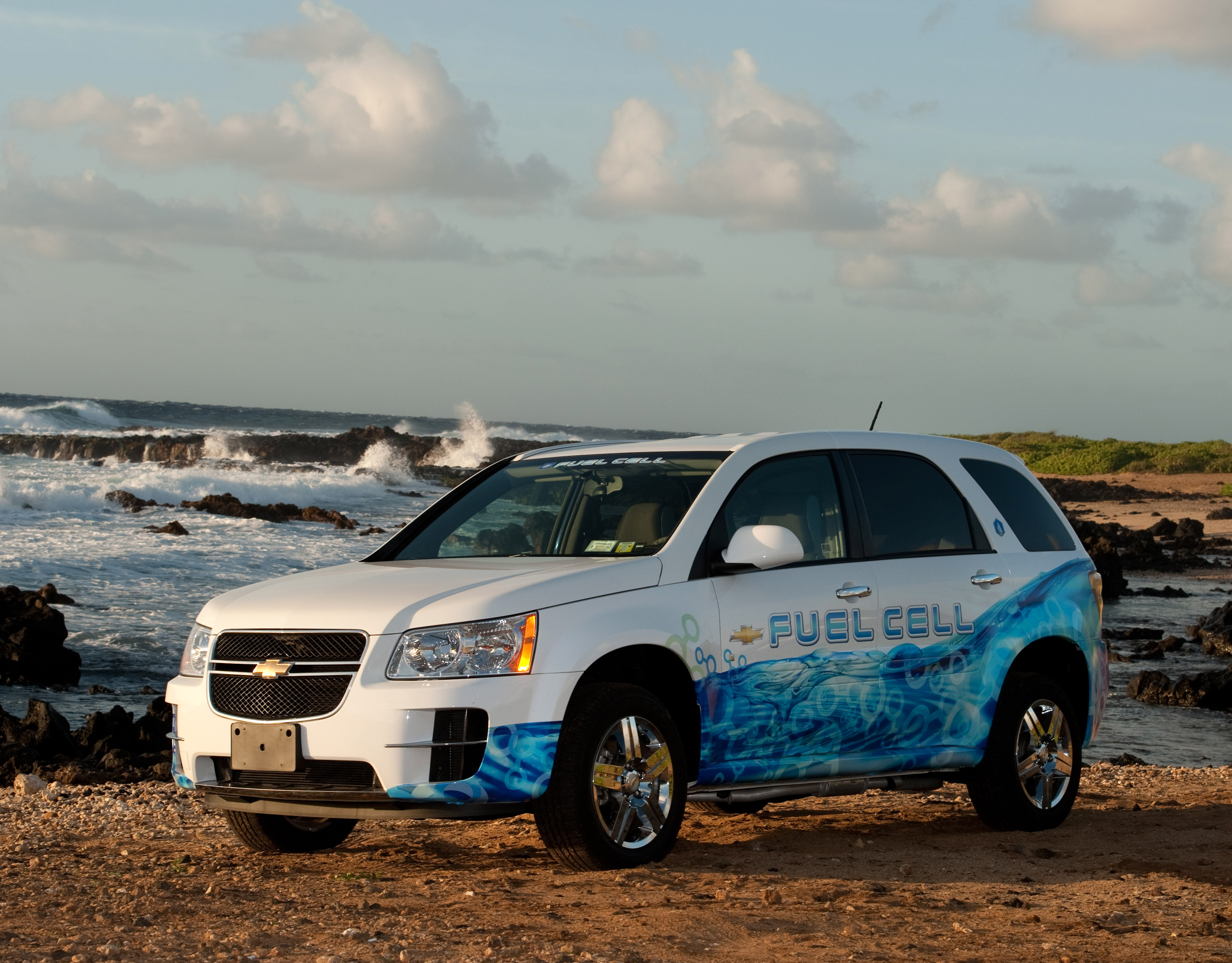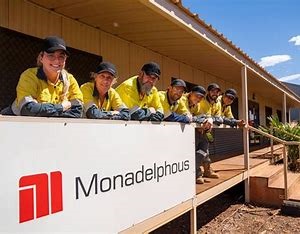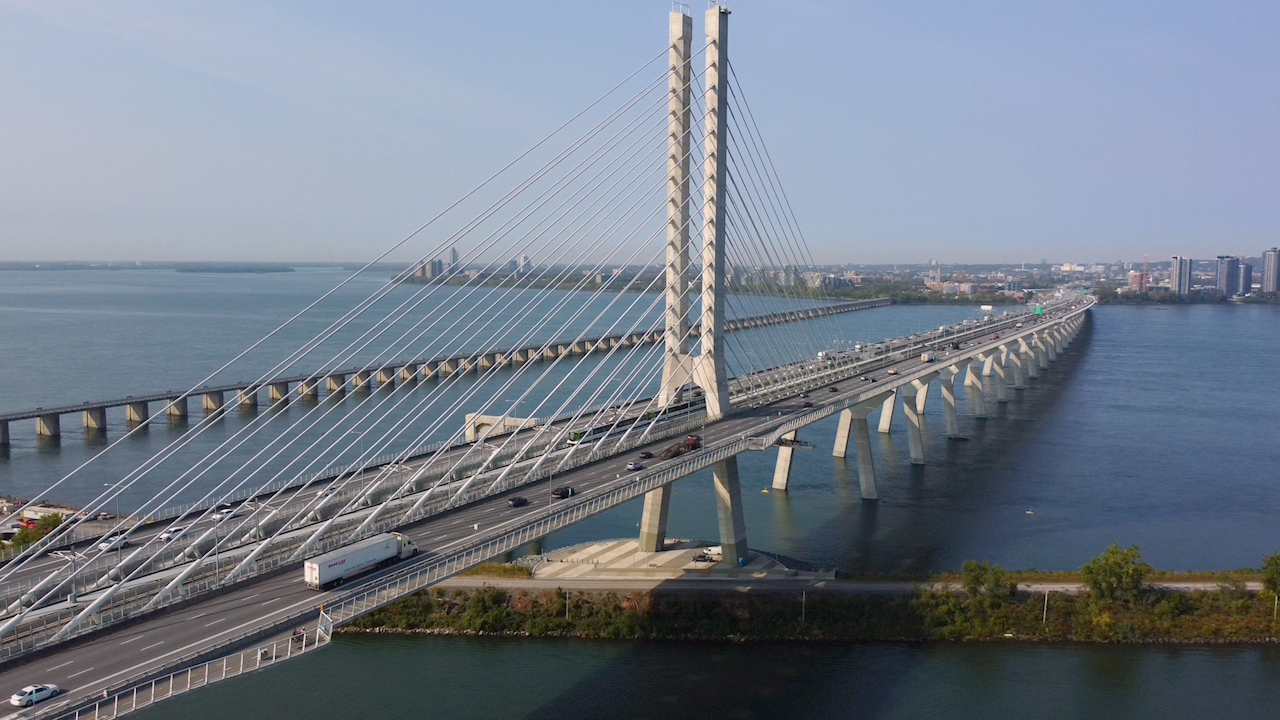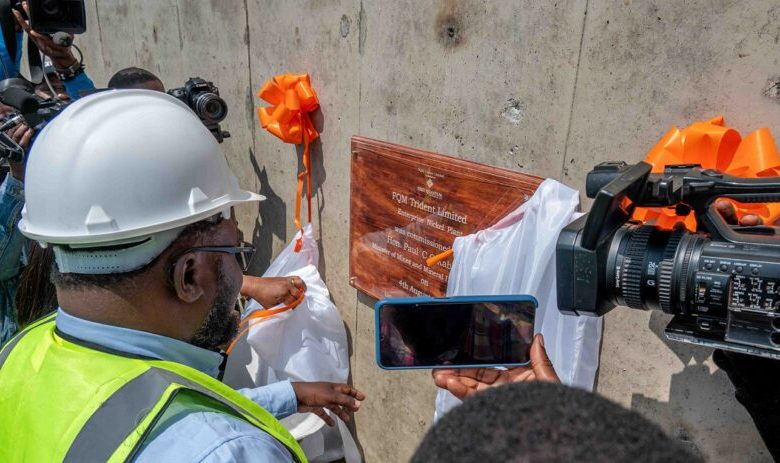
Ten companies, agencies and universities have joined an initiative between The Gas Company (TGC), one of Hawaii's major utilities, and General Motors to make hydrogen-powered vehicles and a fueling infrastructure a reality in Hawaii by 2015.
The plan, called the Hawaii Hydrogen Initiative (H(2)I), aims to integrate hydrogen as an essential building block for Hawaii's sustainable energy ecosystem.
The effort to reduce the state's 90 percent dependence on imported oil is expected to make hydrogen available to all of Oahu's 1 million residents by 2015. The goal is for 20 to 25 hydrogen stations to be installed in strategic locations around the island.
"Hydrogen, used as a fuel, will reduce our dependence on petroleum starting today," said Jeff Kissel, TGC president and CEO.
The plan builds on a May 2010 memorandum of understanding between TGC and GM. TGC produces enough hydrogen to power up to 10,000 fuel cell vehicles and has the capacity to produce much more.
The hydrogen initiative partners are evaluating methods to distribute hydrogen through existing natural gas pipelines, addressing the long-standing problem of how to cost effectively produce and distribute hydrogen.
"In Hawaii, we want to address the proverbial chicken or egg dilemma," said Charles Freese, executive director of GM Fuel Cell Activities. "There has always been a looming issue over how to ensure that the vehicles and the necessary hydrogen refueling infrastructure are delivered to market at the same time. Our efforts in Hawaii will help us meet that challenge.
"Once the key hydrogen infrastructure elements are proven in Hawaii, other states can adopt similar approaches," said Freese. "Germany, Japan and Korea are all building hydrogen infrastructures within this same timeframe. The work in Hawaii can provide a template for other regions."
In addition to GM and TGC, the hydrogen initiative partners include Hawaii’s Department of Business, Economic Development and Tourism (DBEDT); US Department of Energy; FuelCell Energy; Aloha Petroleum Ltd; Louis Berger Group; US Pacific Command, supported by the US Pacific Fleet, US Pacific Air Forces, US Army Pacific, and US Marine Forces, Pacific; National Renewable Energy Laboratory; the County of Hawaii; University of California, Irvine, and the University of Hawaii.













